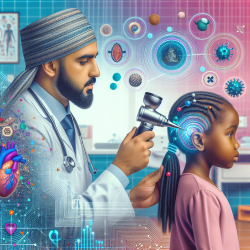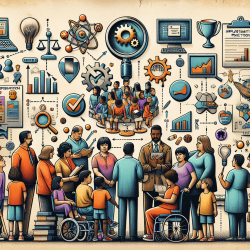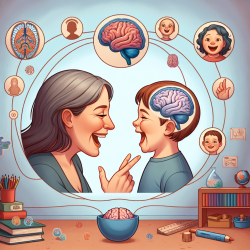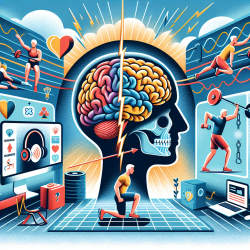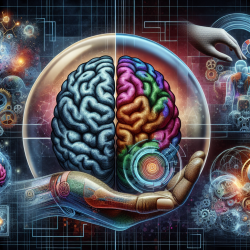Unlock the Secret to Improving Your Clinical Skills with AI in Otoscopy
In the ever-evolving field of healthcare, practitioners are continually seeking ways to enhance their diagnostic accuracy and improve patient outcomes. One such advancement is the integration of artificial intelligence (AI) into otoscopy, particularly for diagnosing middle ear diseases. A recent study titled Evaluating the generalizability of deep learning image classification algorithms to detect middle ear disease using otoscopy explores the potential of deep learning algorithms in this domain.
Why AI in Otoscopy?
Otoscopy is a critical component of ear health assessments, performed by various healthcare professionals. However, the ability to accurately interpret otoscopic findings can vary significantly based on the practitioner's experience. The subjective nature of traditional otoscopy poses challenges in achieving consistent and accurate diagnoses.
AI, particularly deep learning algorithms, offers a promising solution by automating the classification of otoscopic images. Unlike traditional methods, deep learning can learn features directly from raw data, reducing the need for manual feature engineering. This capability enhances the diagnostic process, potentially bridging the gap between expert and non-expert performance.
Key Findings from the Study
The study evaluated the generalizability of AI algorithms trained on otoscopic images from three independent sources: Turkey, Chile, and the USA. The results demonstrated high internal performance but reduced accuracy when tested on external datasets. This discrepancy highlights the challenge of generalizing AI models to diverse clinical environments.
- Internal performance achieved a mean AUC of 0.95, indicating high accuracy within the training dataset.
- External performance dropped to a mean AUC of 0.76, underscoring the need for further model refinement.
- Combining datasets from different cohorts improved pooled performance, achieving an AUC of 0.96.
Implications for Practitioners
For practitioners, these findings suggest several actionable insights:
- Embrace AI: Integrating AI into otoscopy can enhance diagnostic accuracy, especially in settings with limited access to expert otolaryngologists.
- Continuous Learning: Stay informed about advancements in AI and its applications in healthcare to leverage these tools effectively.
- Collaborative Efforts: Encourage collaboration between AI developers and healthcare professionals to refine algorithms and improve their generalizability.
Future Directions
To enhance the generalizability of AI algorithms in otoscopy, further research is necessary. Data augmentation and pre-processing techniques could improve external performance. Expanding otoscopic image databases to include diverse populations and capture devices will also be crucial.
In conclusion, AI holds significant potential to revolutionize otoscopy, improving diagnostic accuracy and patient outcomes. By embracing these technologies and contributing to their development, practitioners can play a pivotal role in advancing healthcare.
To read the original research paper, please follow this link: Evaluating the generalizability of deep learning image classification algorithms to detect middle ear disease using otoscopy.
